My Tat has a Toffee Tup
We have a little three-year-old at our house who has been having trouble with her “K” sound. She was substituting a “T” sound instead, so we’d hear from her things like, “Mommy, tan I have a tandy tane?”
So I decided a little concentrated work on that consonant was in order. Unfortunately, the “K-Cats” I made years ago to help with her big brothers’ speech did not survive our last move, so I had to start over again from scratch.
This time, I converted the whole lot of them to a PDF file, so if they get lost or torn up, it will be a simple matter to reprint. I don’t think I’ll have to, though, because she’s saying the “K” sound correctly now, after only a few weeks of practice.
If you have a child that struggles in this area of speech, you can try this at home. If you print these files double-sided at 100%, the circled items should print squarely on the cat’s tummy.
You’ll need to print nine copies of the first page, then send them through again to print the remaining nine pages on the reverse side. I printed mine on brightly colored cardstock from my scrapbook paper stash, then laminated them so they’d last longer.
Go through the cards daily, and have your child pronounce the name of the item on the back of the cat. Once he can do that consistently, have him use it in the sentence, “My cat has a ________.”
For those who don’t want to cut out all these cat shapes, I’ve also put the same graphic on rectangular K-Sound Memory Game Cards. Print two copies of these (again, I used brightly colored cardstock), then use them to play “Go Fish” (make sure your child asks for the desired card properly) or “Concentration” (the child must identify each card with the correct pronunciation in order to keep any matches).
This sort of play helps reinforce language skills in a fun way. I hope your little ones will like them as much as mine do.

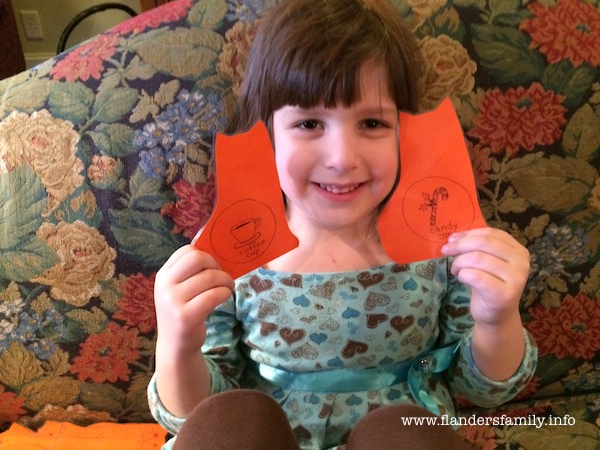
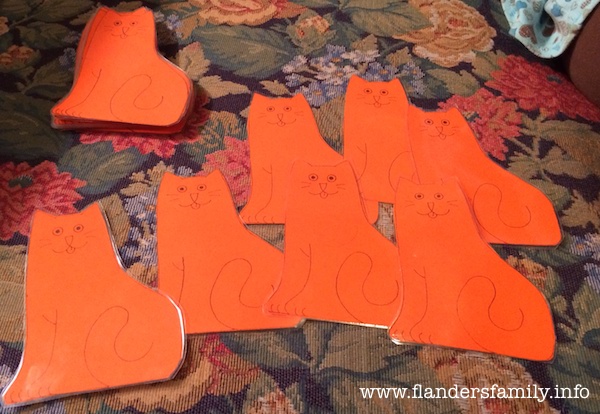
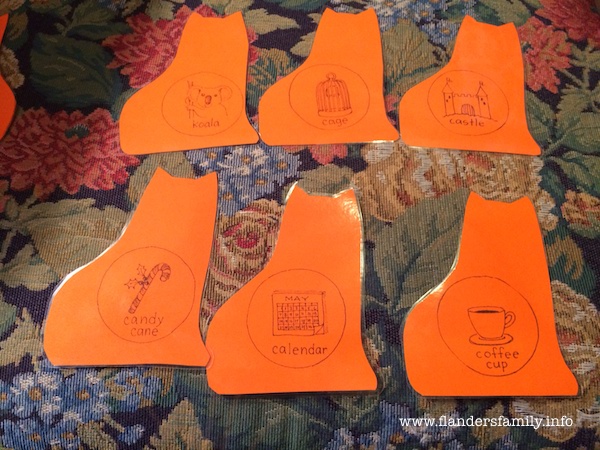
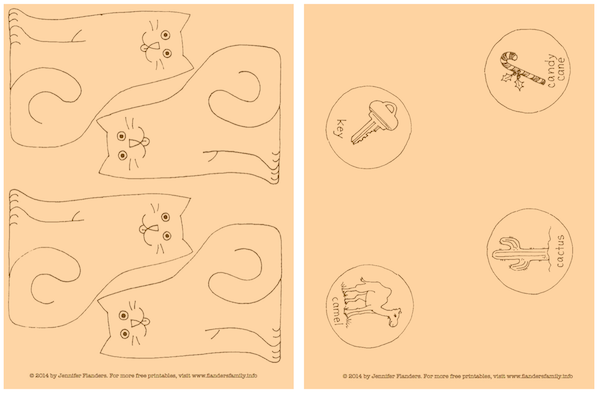
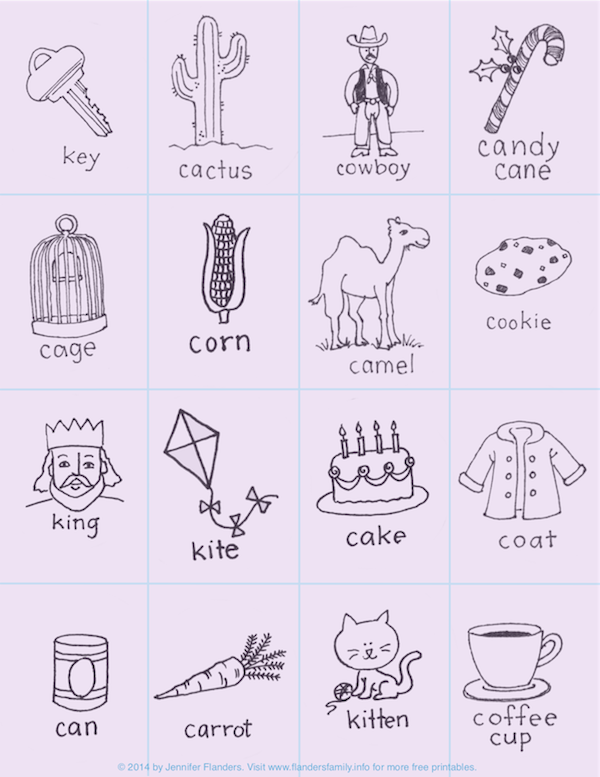
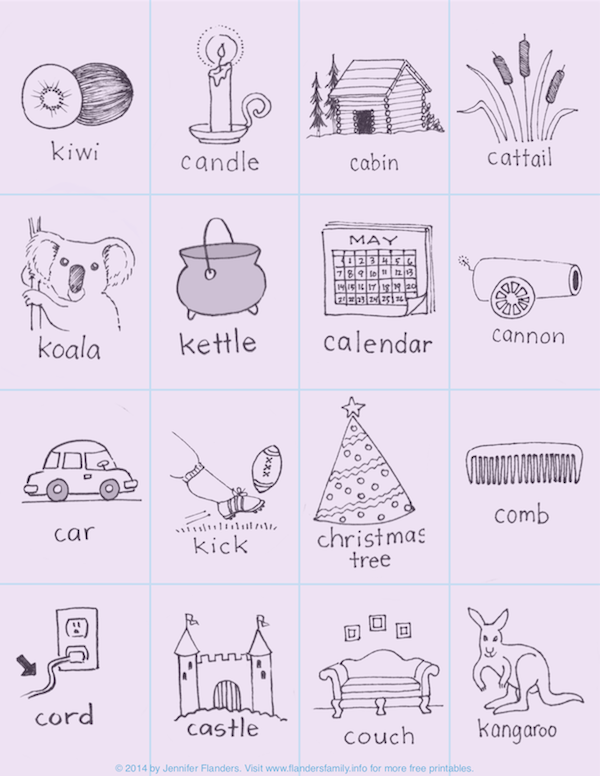

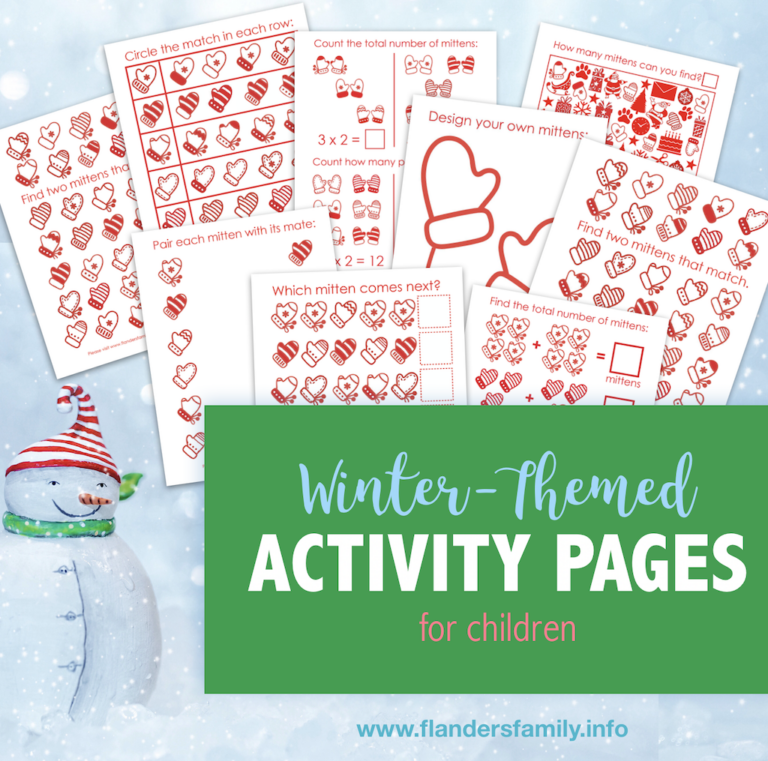




I’m a Pediatric Speech Pathologist & I love this!